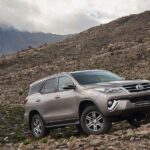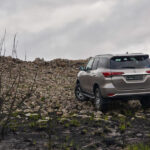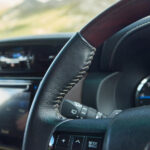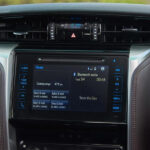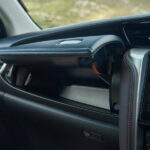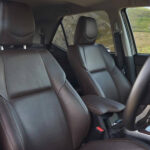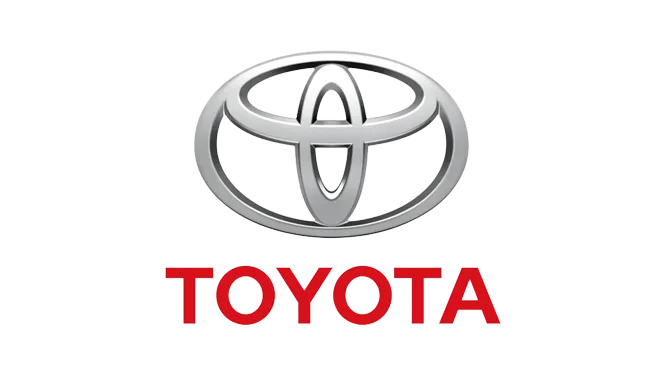
Make no mistake, the new Fortuner is not a mid-cycle update or facelift, it is entirely new and like the first Hilux Surf, and previous generation Fortuner, the all-new model shares strong ties to its sibling, the Toyota Hilux. However, it is far more than just a bakkie-based SUV.For many consumers, if you asked them to think of one vehicle which best represents the term Sports Utility Vehicle (SUV), their answer will simply be, the Toyota Fortuner. Such is its popularity in this segment and influence over buying decisions, this bakkie-based people carrier – built at Toyota South’s plant outside Durban and exported around the world – has become the default choice, and indeed come to represent an entire segment. The origins of the Fortuner are interesting. It dates back as far as 1984, when a midsize SUV called the Hilux Surf was introduced and sold to selected markets, including Brazil, Australia, New Zealand, the United Kingdom, Pakistan and Afghanistan.


A Luxurious New Interior
The Fortuner’s all-new interior is a particular highlight considering the previous generations ageing interior. Where the previous model could be called out for a slightly underwhelming and utilitarian interior, the new model is light years ahead offering premium soft-touch materials in key areas around the dashboard, windscreen pillars and door trims, complemented by metallic accents, and woodgrain detail.
New Global Diesel (GD) Engines
First introduced in the new Hilux, the new diesel engines have been developed from the ground up to offer the best possible combination of power, refinement and economy. Available in 2.4- and 2.8-litre capacities, replacing the previous generation 2.5- and 3.0-litre turbodiesel engines, the new diesel mills are said to be 13% (2.4 GD) and 9-15% (2.8 GD) more efficient over the previous diesel engines.









